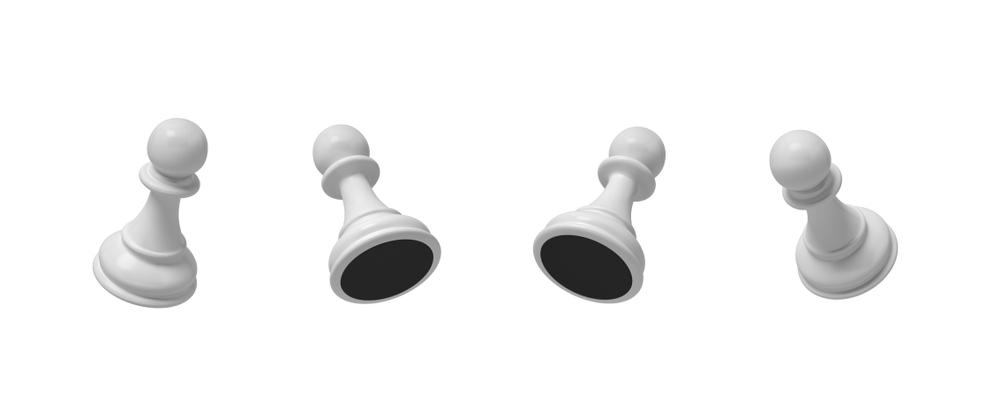
Learning Pawn Structure For Chess Players Under 2000
What is pawn structure?
From my online glossary, I define it as “the positioning of the whole pawn mass. Also referred to as the pawn skeleton. This positioning of the pawns is what usually dictates the types of plans available in a given position due to open files, space, pawn weaknesses, etc.”
In my previous article (Learning Basic Pawn Structures), I showed how important (and fairly easy) it is to use pawns. Here I will give you structures that are more complex. However, whether basic or difficult, the pawn structures come in many different looks; the more you understand pawn structures, the stronger you’ll be.
RULE: Develop your pieces AND look for opportunities to improve your pawns. Usually, both should be used for the same goal.
I will give you seven positions, three of which are puzzles.
ONE:
In this game, White decided to gain space by c2-c4 followed by Nb1-c3. This kind of setup is often very strong, but here White fails to notice that Black is changing the pawn structure in his favor. This battle of pawn structures brings me back to that old Philidor quote: “Pawns are the soul of chess.”
TWO:
A common Ruy Lopez, but there are subtleties that both sides need to deal with.
THREE:
White has just played 7.Bb2, and it looks really good for him since White is castled and Black isn’t, and some of White’s pieces are developed and Black’s aren’t. However, there is more to position than meets the eye!
FOUR:
White just played 13.d5?, which is a mistake since it allows Black’s pieces to get very frisky. In fact, 13.d5 was pawn structure suicide!
Here is why it’s suicide: Black’s knight can now leap to the c5-square and Black’s dark-squared bishop will take over the a1-h8 diagonal. Note that if White didn’t push his d-pawn to d5, that a1-h8 diagonal wouldn’t be a freeway, and Black's knight wouldn’t be able to take up residence on that lovely c5-square.
FIVE:
White has more central space, but how can he create new positional gains? To make his dreams a reality, White has to make changes in the pawn structure.
SIX:
Many players would think White’s doing well due to his two passed queenside pawns. Indeed, if they keep moving down the board, Black will be in bad shape. However, what happens if Black can stop those pawns? In that case, those two queenside pawns would be a target, and Black’s central pawns will rule the game.
This is what this game is all about.
SEVEN:
The center is closed, while White is aiming at Black's king, and Black (who is playing on the queenside) is trying to make use of the b3 and c4 squares for his knights (usually Black does better to first play ...a7-a5-a4 and only then ...Na5 when those b3 and c4 squares would be owned by Black!).
If you understand quite a lot of basic structures, and if you seem to grasp some difficult pawn structures, then you will find that a glance will often “tell you” exactly what to do.






